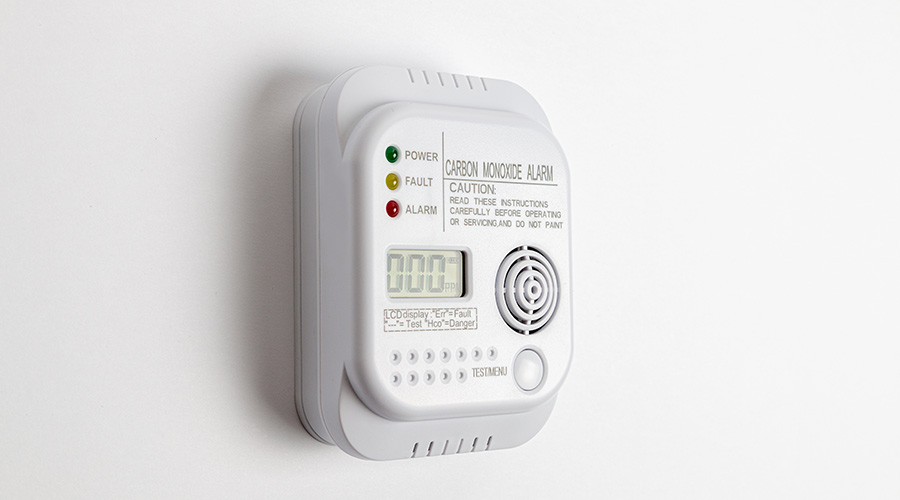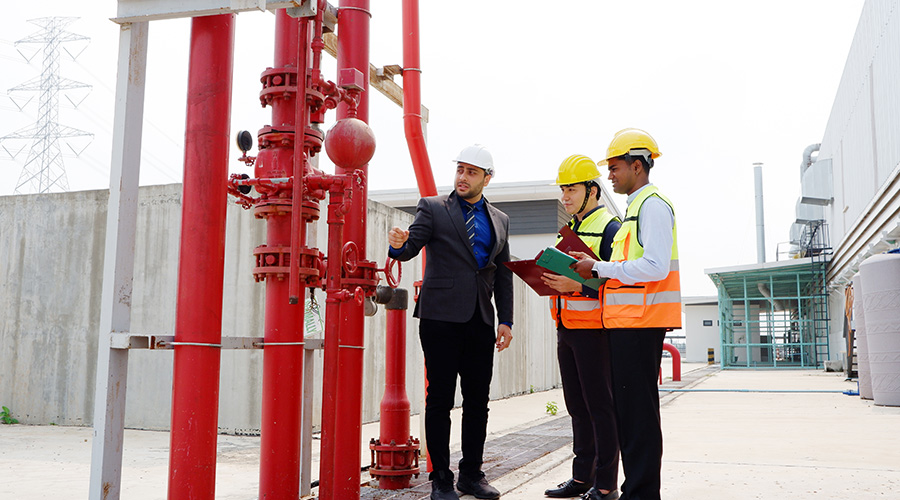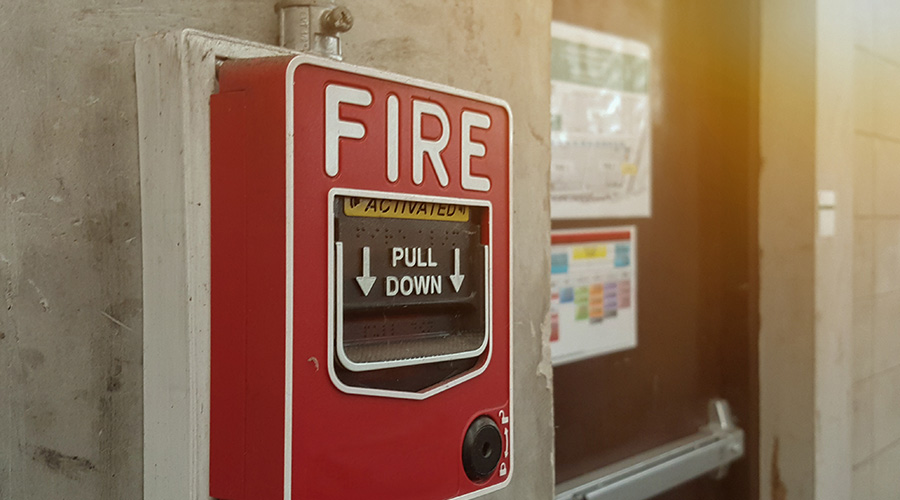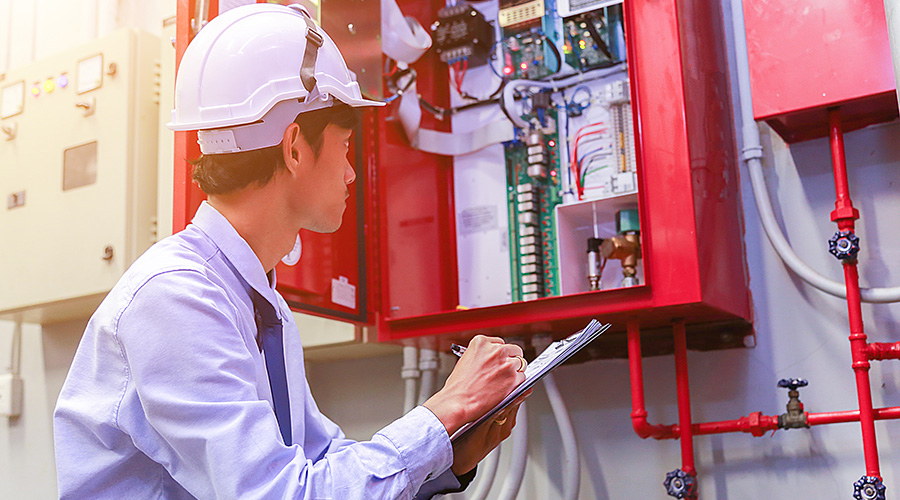NIST Tests New Technology for Fighting High-Rise Fires
Positive pressure ventilation fans, prototype wind control devices and prototype high-rise fire suppression nozzles all helped control the effects of a wind-driven fire in a recent experiment by the National Institute of Standards and Technology (NIST).
Positive pressure ventilation fans, prototype wind control devices and prototype high-rise fire suppression nozzles all helped control the effects of a wind-driven fire in a recent experiment by the National Institute of Standards and Technology (NIST).
The tests sought to better understand the fast-moving spread of wind-driven flames, smoke and toxic gases through corridors and stairways of burning buildings. They also examined the effectiveness of firefighting tactics such as the use of positive pressure ventilation fans, wind control devices and hose streams to control or suppress heat and smoke from the wind-driven fires.
Using cameras, temperature and pressure sensors throughout the building, researchers monitored the effects of opening or closing doors and windows both near and far from the blaze. Due to temperature differences between the outside and inside of a building on fire, open doors and broken windows far from the actual site of the fire can increase the movement of hot gases and smoke dramatically, says the NIST.
The tests were conducted in an abandoned seven-story brick high-rise on New York City’s Governors Island, in collaboration with the Fire Department of New York (FDNY) and New York’s Polytechnic University. The prototypes were developed by FDNY.
NIST expects to issue a report on the high-rise experiments by November 2008.
Related Topics:











